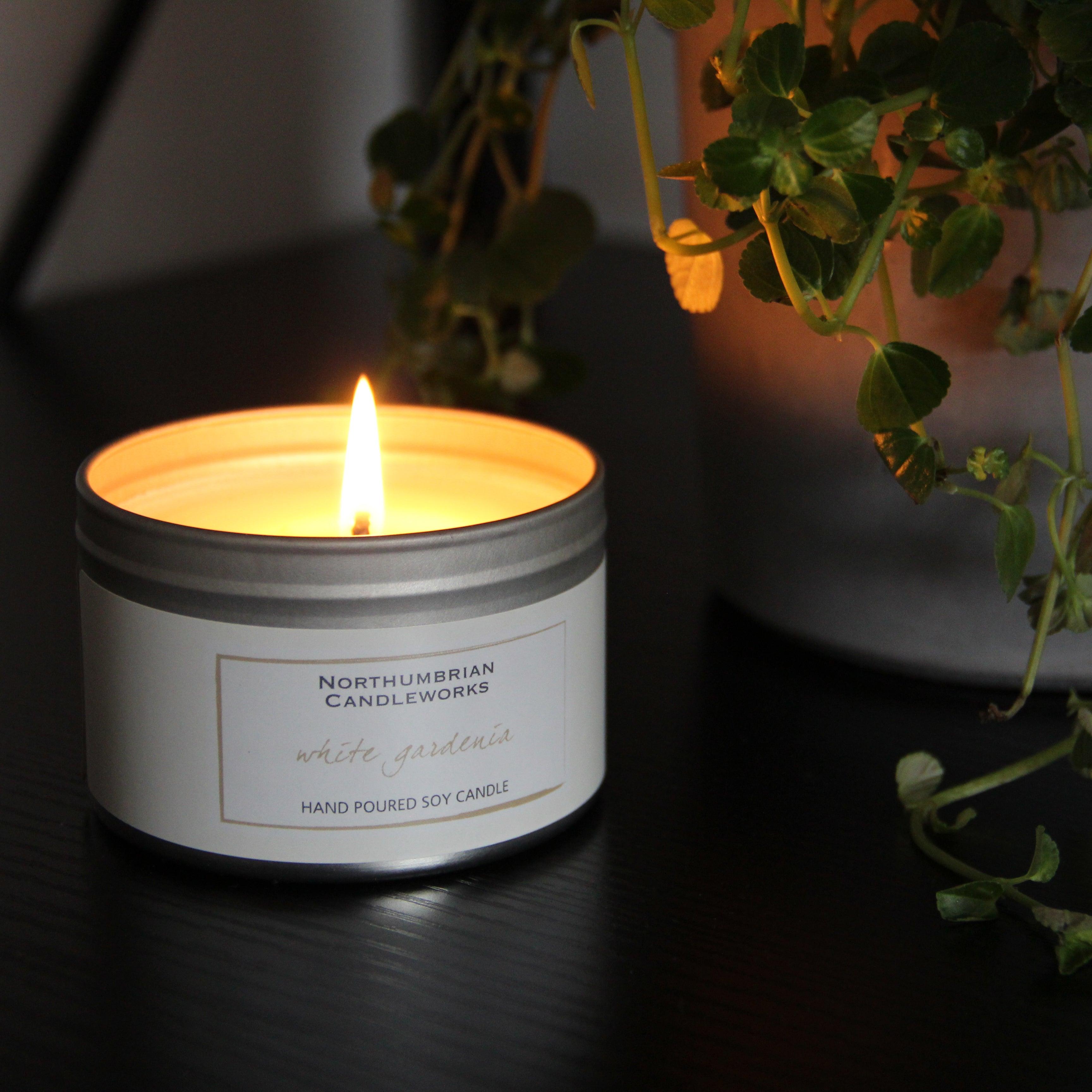Shop Sustainable Soy Wax Candles and Home Fragrance Collections
Shop Sustainable Soy Wax Candles and Home Fragrance Collections
Blog Article
From Wick to Wax: Comprehending the Chemistry Behind Soy Wax Candles and Their Ecological Effect
As we brighten our areas with the cozy radiance of candle lights, there lies a realm of detailed chemistry behind the seemingly straightforward act of lighting a soy wax candle. Join us as we untangle the scientific intricacies behind soy wax candles and discover their ramifications on our atmosphere.
Soy Wax Vs. Paraffin Wax
When comparing soy wax and paraffin wax for candle light production, it is necessary to recognize the distinctive attributes and advantages of each product. Soy wax is a natural, renewable energy originated from soybean oil, making it naturally degradable and environmentally friendly - candles. On the other hand, paraffin wax is a by-product of petroleum refining, which elevates issues concerning its environmental effect and sustainability
Soy wax candles melt cleaner and release much less residue contrasted to paraffin wax candle lights, making them a healthier option for interior air high quality. In addition, soy wax has a lower melting point, enabling for a longer-lasting candle that spreads scent better. Paraffin wax, on the various other hand, tends to burn faster and much less easily, potentially releasing hazardous chemicals right into the air.
From a sustainability point of view, soy wax is preferred for its biodegradability and renewable sourcing, straightening with the expanding customer choice for environmentally mindful items. While paraffin wax has actually been a traditional choice in candle making due to its price and ease of use, the shift towards eco-friendly choices like soy wax is obtaining momentum in the sector.
Chemical Composition of Soy Wax

Combustion Process in Soy Candles
The chemical make-up of soy wax directly influences the burning procedure in soy candle lights, affecting elements such as melt time, scent release, and ecological effect. When a soy candle light is lit, the warmth from the flame melts the wax near the wick. This liquid wax is then drawn up the wick as a result of capillary action. As the liquid wax reaches the flame, it vaporizes and goes through burning. The combustion process entails the vaporized hydrocarbons in the wax reacting with oxygen airborne to generate warmth, light, water vapor, and co2.
The combustion efficiency of soy candle lights is affected by the pureness of the soy wax and the high quality of the you can find out more wick. A clean-burning soy candle with an appropriately sized wick will create a constant flame and decrease residue formation. This not only expands the burn time of the candle light but additionally improves the release of scents. Additionally, soy wax candle lights have a reduced environmental effect contrasted to paraffin candles because of their renewable and biodegradable nature.

Environmental Benefits of Soy Wax

Taken into consideration a lasting option to conventional paraffin wax, soy wax provides significant ecological benefits that make it a prominent selection amongst eco-conscious customers. Soy wax burns cleaner and produces much less residue than paraffin wax, contributing to much better indoor air top quality and minimizing the requirement for cleansing and maintenance. In general, the environmental benefits of soy wax straighten with the growing demand for lasting and environmentally friendly items in the market.
Recycling and Disposal Considerations
Reusing and appropriate disposal of soy wax candles play an essential duty in keeping environmental sustainability and decreasing waste in houses and areas. When it comes to reusing soy wax candle lights, the first action is investigate this site to ensure that the candle has shed completely.

In regards to disposal, if recycling is not an option, soy wax candles are naturally degradable and can be safely gotten rid of in many household waste systems. It is always recommended to check with local recycling facilities or waste administration services for details guidelines on candle light disposal to make sure proper handling and environmental protection.
Final Thought
In conclusion, the chemistry behind soy wax candles discloses their ecological advantages over paraffin wax candles. helpful site Soy wax, acquired from soybean oil, burns cleaner and produces much less residue when contrasted to paraffin wax.
When comparing soy wax and paraffin wax for candle light production, it is important to comprehend the distinctive features and benefits of each material (soy wax candles).Soy wax candle lights burn cleaner and produce much less residue contrasted to paraffin wax candles, making them a much healthier selection for indoor air top quality.Considered a lasting choice to conventional paraffin wax, soy wax supplies notable ecological benefits that make it a popular selection amongst eco-conscious customers. Soy wax burns cleaner and produces much less soot than paraffin wax, adding to better indoor air high quality and minimizing the requirement for cleaning and maintenance.In verdict, the chemistry behind soy wax candles exposes their environmental advantages over paraffin wax candle lights
Report this page